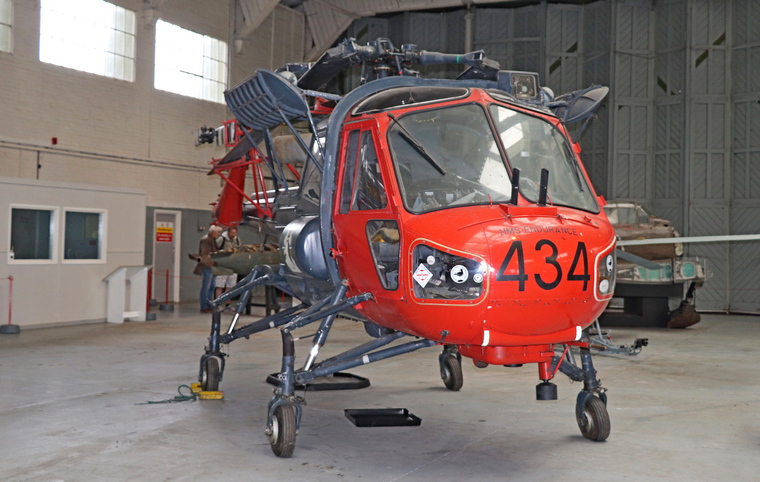IWM Duxford 2019 - Display Hangars - A Pictorial Preview
By Willie Bodenstein

The Imperial War Museum Duxford is a branch of the Imperial War Museum (IWM) near Duxford in Cambridgeshire, England. It is Britain's largest aviation museum and houses the museum's large exhibits, including nearly 200 aircraft, military vehicles, artillery and minor naval vessels in seven main exhibition buildings.
Hangar 3: Air and Sea




Hangar 3 is an original Belfast truss hangar and houses Duxford's maritime exhibition, but also includes a variety of naval aircraft including a de Havilland Sea Vixen, Sea Venom, a Sea Vampire and a Westland Wasp helicopter which was attached to the frigate HMS Apollo during the Falklands War.
Hangar 4: Battle of Britain Exhibition










Hangar 4 is one of Duxford's historic hangars and now houses an exhibition exploring Duxford's history as an operational RAF airfield from the First World War to the Cold War. The early period is represented by a Bristol Fighter, a type operated by Duxford's No.2 Flying Training School from 1920. The latter period is represented by a Hawker Hunter which flew at Duxford with No. 65 Squadron RAF, a Gloster Javelin, the type which made the last operational flight at Duxford in 1961 and by a Hungarian Mikoyan-Gurevich MiG-21, a common Warsaw Pact jet fighter. One unusual aircraft on display is the Cierva C.30A autogyro, which was used by 74 (Signals) Wing, based at Duxford, to test the calibration of coastal radar units.

Tableau of crashed Bf 109E in Hangar 4.
Hangar 5: Conservation in Action




Hangar 5, the westernmost original hangar, houses Duxford's aircraft conservation workshops. Open to the public, the hangar allows visitors to see museum staff and volunteers at work on a variety of conservation tasks. Notable projects include a Mitsubishi A6M Zero fighter acquired from an American owner in 'jungle recovery' condition and a Royal Aircraft Factory R.E.8, now on display in AirSpace.
Next week we will feature the American Museum before concluding with a brief visit to the AirSpace Museum.
|
             |























